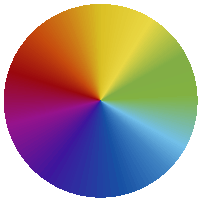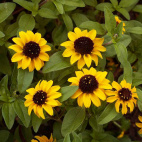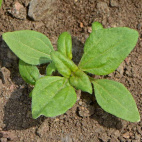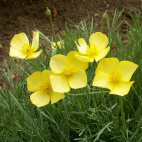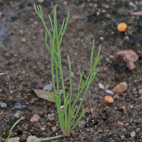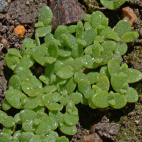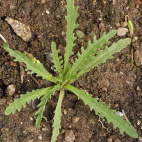Color
Availability
USDA Zone
Region
Type
Duration
Season
Germination
Soil
Sunlight
Height
Use
Narrow Your Search
Color
Availability
USDA Zone
Region
Type
Duration
Season
Germination
Soil
Sunlight
Height
Use
Wildflower Seeds - California Region
The wildflower species listed in the California Region are those that would grow well in the Central Valley as well as the coastal areas of Southern California. If you are in the mountains you might want to check out the Mountain Region, or if you are in the desert areas in the south, you'll want to look at the Dry West Region. The species of bulk wildflowers listed on this page are those that are either native here, or are annuals that grow well in this zone. There are hundreds of bulk California wildflower seeds to choose from, so please use the filters along the left side of the screen to narrow your search to match your soils, lighting, and any other attributes that you may want. If you are looking for something that is strictly native to your immediate area, you can check out the distribution map that is found on the detail pages of most of the species.
-
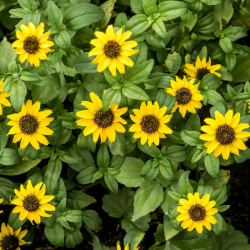 On Sale!
Creeping Zinnia Seeds
Sanvitalia procumbens
Native to Mexico, these fun yellow flowers have brown button-like centers. The trailing habit of this popular annual makes it ideal for hanging baskets, container gardening, or for a groundcover. Sanvitalia Procumbens is also very easy to grow.Quick View$3.48 Pkt - $14.49 / Oz
On Sale!
Creeping Zinnia Seeds
Sanvitalia procumbens
Native to Mexico, these fun yellow flowers have brown button-like centers. The trailing habit of this popular annual makes it ideal for hanging baskets, container gardening, or for a groundcover. Sanvitalia Procumbens is also very easy to grow.Quick View$3.48 Pkt - $14.49 / Oz -
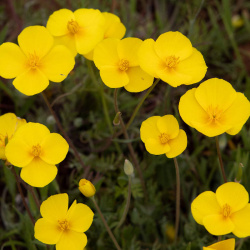 On Sale!
Dwarf California Poppy Seeds
Eschscholzia caespitosa
Growing just 8" tall, these golden beauties are beautiful when planted en masse. The silky, cup-shaped flowers form on slender stems creating a petite version of the incredibly popular Orange California Poppy. Great for small spaces or container gardening.Quick Viewx
On Sale!
Dwarf California Poppy Seeds
Eschscholzia caespitosa
Growing just 8" tall, these golden beauties are beautiful when planted en masse. The silky, cup-shaped flowers form on slender stems creating a petite version of the incredibly popular Orange California Poppy. Great for small spaces or container gardening.Quick ViewxDwarf California Poppy Seeds
Eschscholzia caespitosa
Growing just 8" tall, these golden beauties are beautiful when planted en masse. The silky, cup-shaped flowers form on slender stems creating a petite version of the incredibly popular Orange California Poppy. Great for small spaces or container gardening.
$3.48 Pkt - $15.72 / Oz -
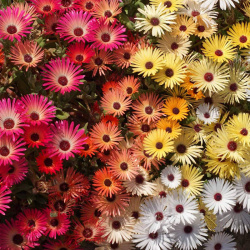 On Sale!
Ice Plant Seed Mix
Mesembryanthemem criniflorum
This plant's unusual name was most likely inspired by the crystal-like texture of its foliage. This vibrant annual also produces masses of daisy-like flowers in red, orange, yellow, pink, white, or purple.Quick View$2.98 Pkt - $8.20 / Oz
On Sale!
Ice Plant Seed Mix
Mesembryanthemem criniflorum
This plant's unusual name was most likely inspired by the crystal-like texture of its foliage. This vibrant annual also produces masses of daisy-like flowers in red, orange, yellow, pink, white, or purple.Quick View$2.98 Pkt - $8.20 / Oz -
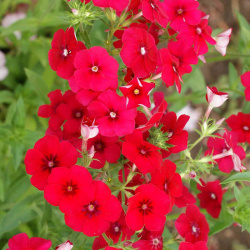 Red Drummond Phlox Seeds
Phlox drummondii
A popular Texas native, this vivid crimson phlox will do its roots justice wherever it is planted. This annual red Drummond phlox is easy to grow and will produce a lot of flowers with minimal effort. The bees and butterflies seem to enjoy hovering over the flowers as well.Quick Viewx
Red Drummond Phlox Seeds
Phlox drummondii
A popular Texas native, this vivid crimson phlox will do its roots justice wherever it is planted. This annual red Drummond phlox is easy to grow and will produce a lot of flowers with minimal effort. The bees and butterflies seem to enjoy hovering over the flowers as well.Quick ViewxRed Drummond Phlox Seeds
Phlox drummondii
A popular Texas native, this vivid crimson phlox will do its roots justice wherever it is planted. This annual red Drummond phlox is easy to grow and will produce a lot of flowers with minimal effort. The bees and butterflies seem to enjoy hovering over the flowers as well.
$3.25 Pkt - $10.57 / Oz -
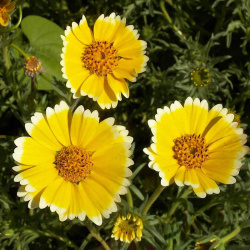 On Sale!
Tidy Tips Seeds
Layia platyglossa
These bright, little flowers feature golden centers with neat, white edging. Native to the Southwest, this annual is ideal for rock gardens and windowboxes and can be grown in almost any garden with little effort.Quick View$3.48 Pkt - $13.34 / Oz
On Sale!
Tidy Tips Seeds
Layia platyglossa
These bright, little flowers feature golden centers with neat, white edging. Native to the Southwest, this annual is ideal for rock gardens and windowboxes and can be grown in almost any garden with little effort.Quick View$3.48 Pkt - $13.34 / Oz
The wildflower species listed in the California Region are those that would grow well in the Central Valley as well as the coastal areas of Southern California. If you are in the mountains you might want to check out the Mountain Region, or if you are in the desert areas in the south, you'll want to look at the Dry West Region. The species of bulk wildflowers listed on this page are those that are either native here, or are annuals that grow well in this zone. There are hundreds of bulk California wildflower seeds to choose from, so please use the filters along the left side of the screen to narrow your search to match your soils, lighting, and any other attributes that you may want. If you are looking for something that is strictly native to your immediate area, you can check out the distribution map that is found on the detail pages of most of the species.
